Is Bigger Really Better?
Heavyweight champ Jess Willard was 6’6, but he was absolutely destroyed by Jack Dempsey who stood five inches shorter and gave away 58 pounds. Another huge champion, Primo Canera, was just under 6’6 and weighed over 260 pounds, but he was overwhelmed by Max Baer, who was under 6’3 and 54 pounds lighter. Or how about Buddy Baer? He was listed by some as 6’7 and Joe Louis, five inches shorter and over 40 pounds smaller, demolished him twice. What’s more, heavyweight contender Gerry Cooney was an imposing 6’5, but puffed up light heavyweight Michael Spinks stopped him in five. The point? That the best heavyweights are not necessarily the ones that look like they belong at the top of a beanstalk.
Here’s the thing, though. Big heavyweights, and I mean really big heavyweights, are more prominent now than they used to be. And while Willard, Canera and Cooney would fit in with today’s heavyweights physically, the giant-sized guys these days are, as a rule, much more capable and technically sound. In other words, many of them now know how to box effectively as well as hit with power.
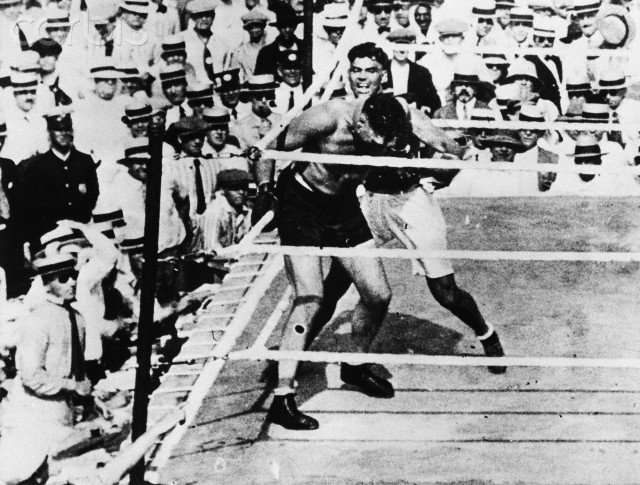
Wladimir Klitschko, for instance, altered his whole game plan so smaller men could never get close enough to his 6’6 frame to test his notoriously fragile chin. He did this with the help of trainer Emanuel Steward, who himself helped Lennox Lewis, a 6’5 tower of power, become a legitimate great. Yet Klitschko was beaten by Tyson Fury, the 6’9 behemoth who proved Kitschko’s fighting style ineffective against an even bigger man.
What’s more, Klitschko looked a bit vulnerable even before he met Fury as the 6’3 Bryant Jennings showed earlier in the year that an aggressive smaller man with some skill could make the Ukrainian uncomfortable. I remember watching that fight and asking myself what would have happened if Mike Tyson had been in there that night instead of Jennings. Truth be told, it was difficult to envision Klitschko holding off the ferocious attack of a prime Iron Mike.
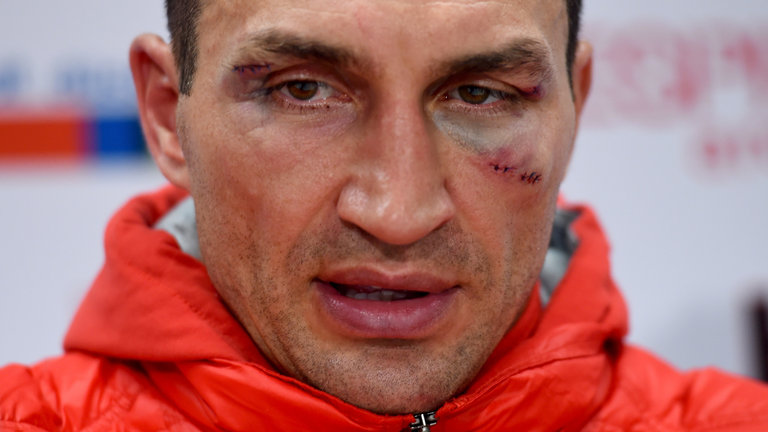
Taking nothing away from Klitschko, but the fact is the division he ruled over was not the heavyweight division of decades past. That wasn’t his fault, of course, but it does give one pause. Going further, Klitschko’s conqueror, the boisterous Fury, was dropped on his ass in 2013 by the 6’3 former cruiserweight Steve Cunningham. Again, what would Fury have done that night against a young Tyson? Or a prime Evander Holyfield or Larry Holmes?
In fairness, Fury is more effective now than he was during the Cunningham fight. I personally find the man to be rather underrated as a ring practitioner. Still, does his great size – or the size of other contemporary heavyweights – make them instantly superior to their more traditionally-sized peers? The answer is absolutely not.
One need only look at Ed “Too Tall” Jones’ foray into the fight world to understand as much. The massive Jones, a decorated and legitimate star with the famed 70’s era Dallas Cowboys, decided to become a pro boxer, only to prove woefully unimpressive, even at an enormous 6’9, the same height as Fury. Oh, Jones won his matches against a series of no-hopers but he looked terrible in the process and abandoned his career after only six bouts. I can still remember him almost getting knocked out in the opening seconds of his debut by a guy he outweighed by 46 pounds. Embarrassing stuff.
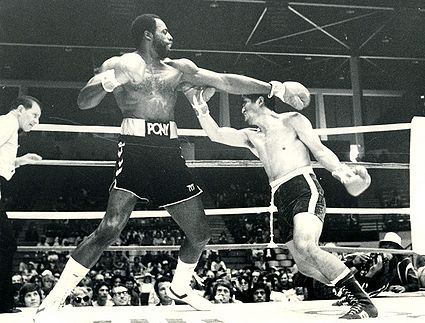
So no, bigger doesn’t necessarily mean better when it comes to the heavyweights. There’s a caveat here though, and that’s the fact that a big man who knows how to box is harder to beat than a fighter one’s own size. And again, many of these big heavies now employ a skill-set that, generally speaking, was unseen in enormous fighters until recently.
They ain’t big lunks anymore, that’s for sure, at least not all of them. And that’s telling. It’s also worth noting that people are simply getting larger over time. It’s just evolution. Ever go to a museum and look at authentic medieval armor? Those guys were small, real small. As a rule, human beings are getting bigger. Fighters are no exceptions. For instance, some legendary heavyweight champs wouldn’t even be heavyweights today.
Jack Dempsey fought at less than 190lbs. With a few exceptions, the same goes for Rocky Marciano. Likewise for Jim Corbett. Heavyweights, like people, are growing. Fighters who stand over 6’4 are no longer considered giants but instead average sized heavyweights. That’s something to keep in mind in this day and age of behemoth boxers.
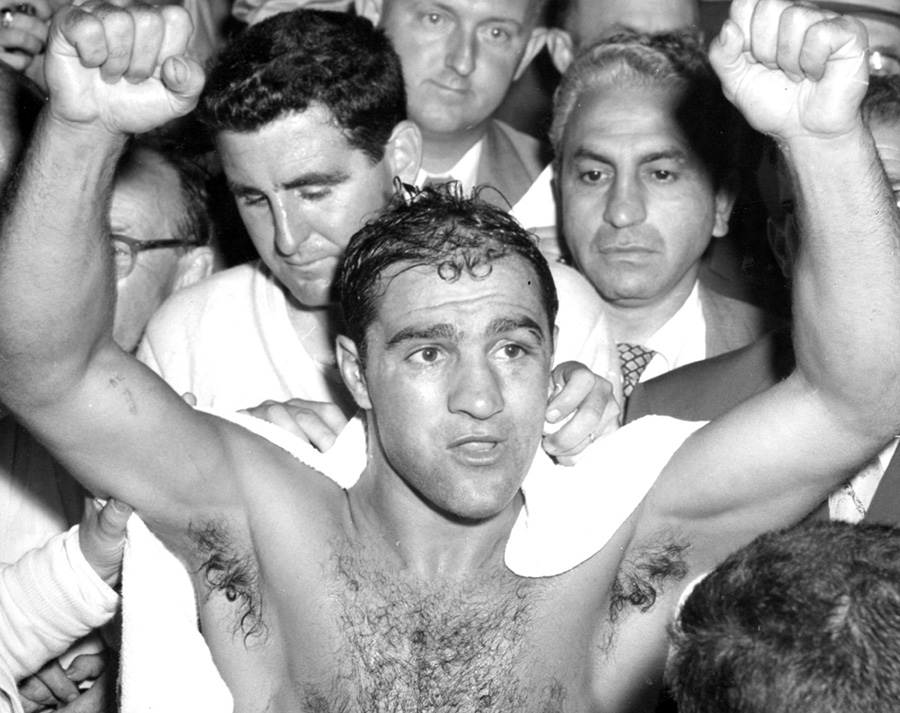
It’s always worth remembering, though, that it can all come down to one punch. Deontay Wilder, 6’7, absolutely destroyed Artur Szpilka last night in Brooklyn with a single, soon to be legendary, shot. Wilder needed that one punch, though, for the smaller Szpilka, who was under 6’4, was giving the WBC champion serious trouble and up until that atom bomb landed flush on his jaw, looked to have a chance of pulling off a huge upset.
It was a perfectly timed and executed shot by Deontay and thus it causes one to reflect on the fact that, in the end, it was Wilder’s skill, not his size advantage, that carried the night. Other super-sized heavyweights around today might do well to keep that in mind. — Sean Crose

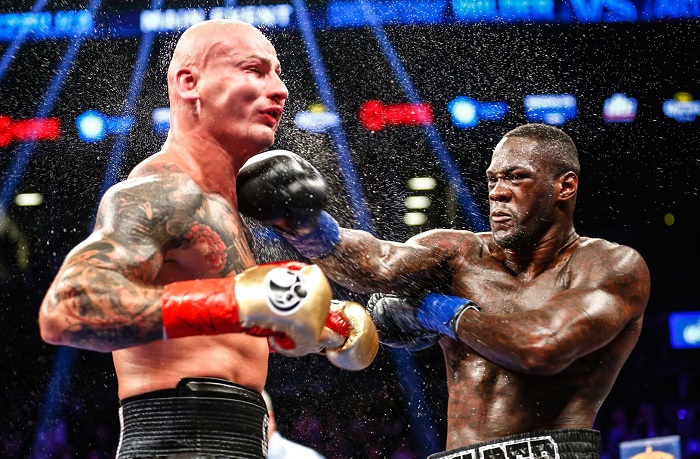


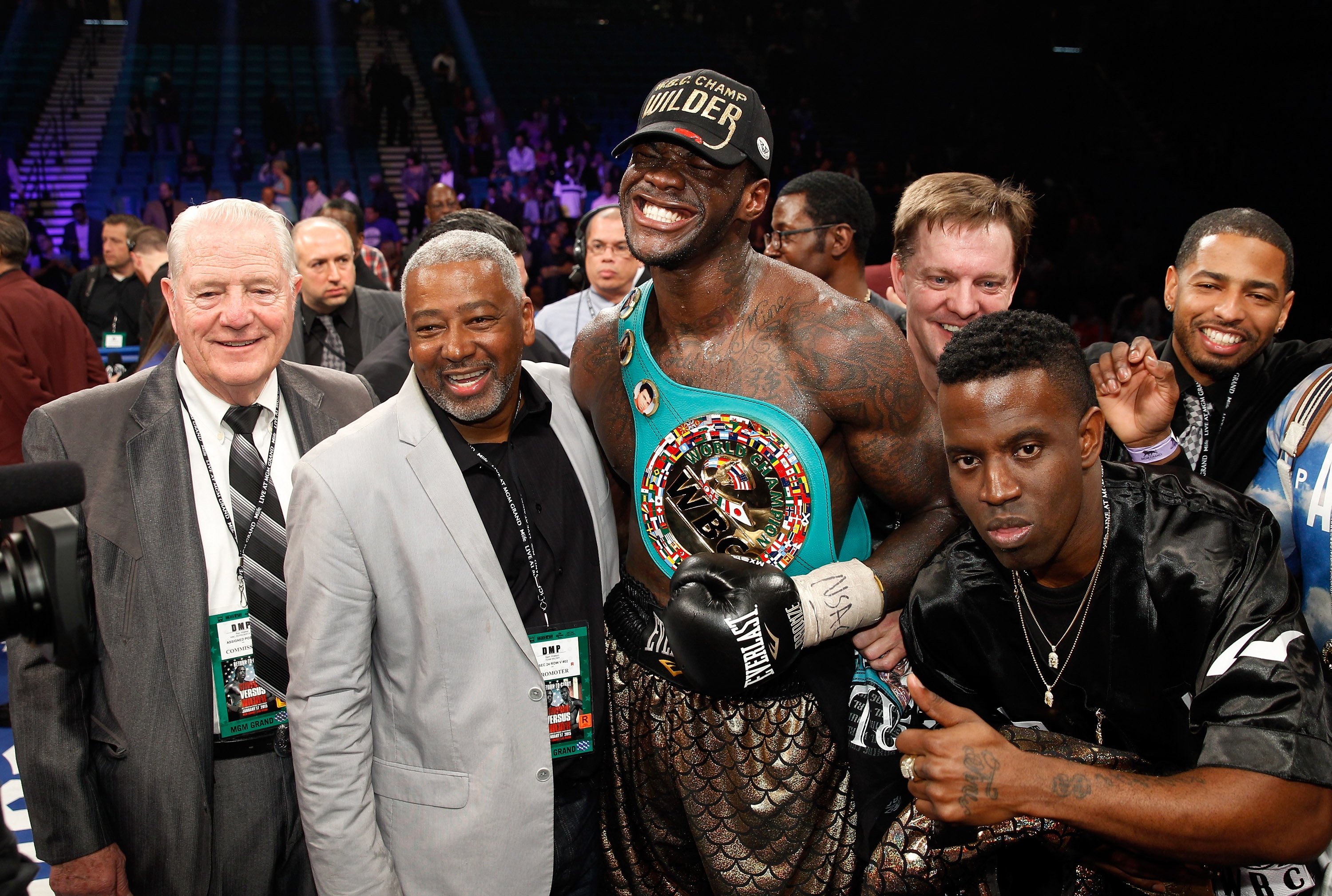
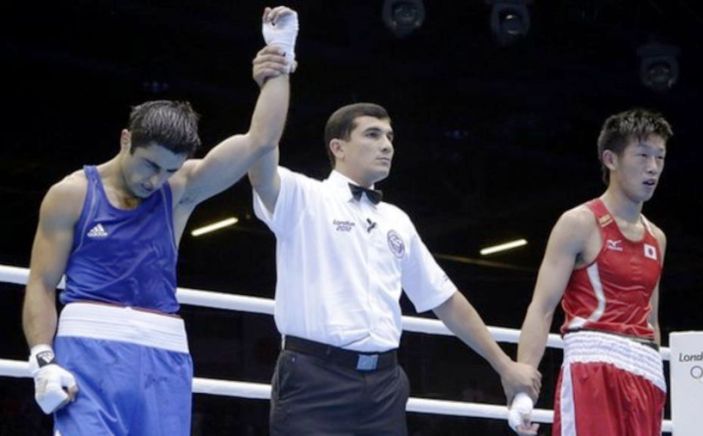
I am curious about your statement regarding it being harder to defeat an equally skilled boxer of a greater height. Would there not be some advantages that would be generally sacrificed by the taller boxer. When you look at Willard vs. Dempsey, Willard stood no chance once Dempsey closed the gap. He was incredibly helpless in the pocket. If a smaller boxer get on the inside of a bigger man’s reach, wouldn’t he be able to produce a higher more efficient punch output than his opponent. Many of klitschko’s opponents had terrible footwork and weren’t incredibly smart counter punchers. Bigger man also creates a bigger target.
Wilder has hardly mastered the art of fighting tall, he tends to negate his height by leaning in and has a big habit of pulling back in straight lines. I also do not think he uses the jab effectively enough.
Moreover, he doesn’t really fight ‘big’ in terms of leaning all over his opponents when tying them up on the inside, for his height he’s very light, usually weighing in between south of 230lbs. Whereas guys like Wladimir and Fury weight in a lot heavier, and ‘use’ that weight as a strategy to grind down their opponents.
So my point being, Wilder may be tall, but he doesn’t really fight like a modern big man should do.
Interesting points, but nothing to do with evolution. Human beings have been around for an eye blink of time from that stand point. 100 years, sometimes less for the fighters you mentioned, is not a factor
It’s likely caused by better diet overall, less child starvation in 1st world countries, more availability for youth exercise classes/programmes and increased child health care in general
The great Archie Moore observed that although men of previous eras were generally (although not always) smaller, they were much tougher. Compare the blazing heat and long rounds under which the Johnson-Willard fight took place to Joe Frazier not wanting to come out against a journeyman fighter because the lights were too hot. Today’s boxers are soft compared to the old-timers and vastly overrated such as the reigning champ of the Fat Heavyweights, Larry Holmes. And they are drawn from a much more limited selection than the days when there was a boxing club in every town. They do not have the stamina of before and most would struggle beyond ten rounds.
The average dude was like 6’6″ in medieval times.